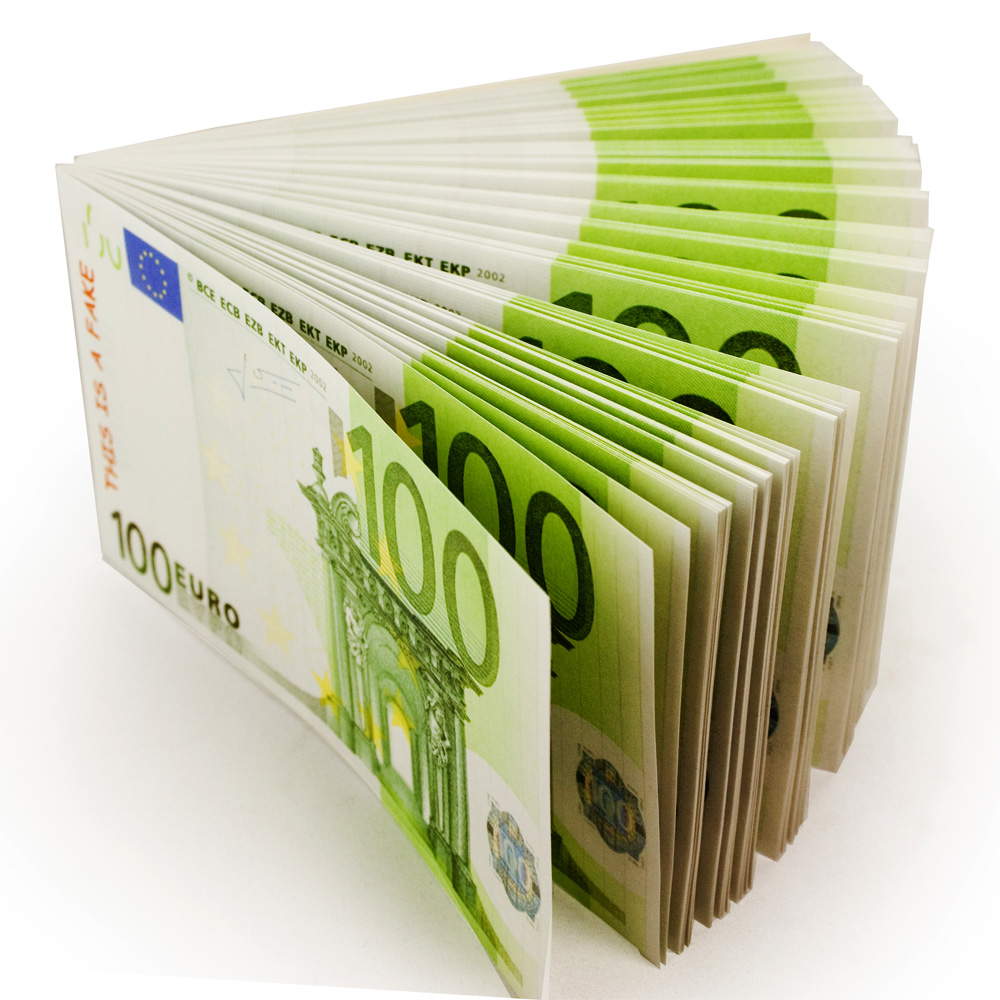The Dangers of Counterfeit Money: Understanding the Risks and Consequences
In an increasingly cashless society, making use of physical currency might seem out-of-date to some, yet counterfeit money stays a consistent problem that affects people, companies, and economies worldwide. The elegance of present counterfeiting methods has actually only grown, making it important for consumers and service owners to inform themselves about the risks, recognition methods, and legal repercussions of counterfeit currency. This article checks out the complexities of counterfeit money, outlines the steps one can require to safeguard against it, and answers frequently asked questions about this pertinent topic.
Understanding Counterfeit Money
Counterfeit money describes currency that has actually been produced illegally with the intent to deceive. Counterfeiters utilize different approaches to replicate banknotes and coins, typically making use of high-quality printing innovation and elaborate styles that simulate real currency. While the main motive behind producing counterfeit currency is monetary gain, the implications extend beyond mere theft; they can destabilize economies, downside truthful businesses, and result in severe legal repercussions for those included.
The Impact of Counterfeit Money
Financial Consequences: When counterfeiting becomes prevalent, it can lead to inflation, a decrease in currency value, and overall distrust in the nation's monetary system. This suspect can result in customers holding onto their cash or selecting alternative kinds of deals, which can even more hurt the economy.
Effect on Businesses: Businesses, particularly little ones, are frequently hit hardest by counterfeit currency. Accepting fake notes can result in significant financial losses and even bankruptcy. In addition, counterfeiting can harm an organization's credibility; customers might be less happy to trust brands that come down with counterfeiting schemes.
Legal Repercussions: Unwittingly accepting counterfeit money does not get rid of liability from people or services. The law usually needs that those who have counterfeit currency need to report it to authorities, as purposefully handling fake money can lead to criminal charges.
How to Recognize Counterfeit Money
Recognizing counterfeit money is vital for securing oneself from financial loss. Here are some effective methods to recognize fake currency:
Inspect the Print Quality: Genuine currency has a specific texture, color, and print quality that can be tough to replicate. Inspect banknotes for smearing or blurring, which may indicate counterfeiting.
Try to find Watermarks: Most modern-day banknotes include watermarks that are challenging to duplicate. Hold the bill as much as the light to see if the watermark exists and clear.
Check the Security Thread: Real banknotes have actually embedded security threads, usually visible when held up to the light. Counterfeit bills may lack these functions, or they may be inadequately replicated.
Utilize a UV Light: Many currencies have components that fluoresce under ultraviolet light. Examining these functions can help in identifying the authenticity of a banknote.
Feel the Texture: Authentic currency is printed on a particular kind of paper that feels various from regular paper. Rubbing your fingers over the costs can help you recognize its credibility.
Tips to Protect Against Counterfeit Currency
To decrease the risk of coming down with counterfeit money, individuals and businesses can implement the following measures:

Educate Employees: Regular training sessions on how to spot counterfeit money can be helpful for staff members, especially those in retail settings.
Use Detection Tools: Invest in counterfeit detection devices such as UV lights, pen testers, or digital note validators that can accurately check currency credibility.
Preserve a Close Eye on Transactions: Encourage watchful monitoring of cash transactions and screens for prospective counterfeit notes.
online shop für falschgeld of Counterfeit Money
Taking part in the production, circulation, or use of counterfeit currency protests the law in practically every country. Legal effects can consist of hefty fines and imprisonment. Government agencies, such as the U.S. Secret Service, actively examine counterfeit money operations, and individuals discovered guilty of involvement in counterfeiting may deal with serious charges.
Frequently Asked Questions (FAQs).
1. Is it prohibited to unknowingly accept counterfeit money?
Yes, while it may not be a criminal charge to accept counterfeit currency unknowingly, there is an obligation to report the counterfeit to authorities. Failure to do so can result in civil liabilities.
2. What should I do if I get counterfeit money?
If you think you have gotten counterfeit money, do not attempt to spend it. Rather, report the event to local police or your nation's financial authority. Additionally, record the details of the deal and where you received the currency.
3. Exist particular currencies that are more typically counterfeited?
Yes. The U.S. dollar is the most commonly counterfeited currency internationally, however other currencies like the euro, British pound, and Indian rupee have actually also been counterfeited extensively.
4. How can I ensure my service isn't accepting counterfeit money?
Train your employees on recognizing counterfeit notes, invest in detection innovation, and execute strict cash-handling practices.
5. What can I do to spread out awareness about counterfeiting?
Sharing information through workshops, neighborhood boards, or social networks platforms can educate others about the dangers and prevention methods related to counterfeit currency.
Conclusion.
Counterfeit currency postures significant threats not just to specific consumers but also to organizations and the economy as a whole. Understanding how to recognize fake currency, recognizing the further implications of counterfeiting, and taking proactive steps can decrease dangers. Awareness and vigilance can make a considerable distinction as we continue to browse a world where counterfeit money remains a risk to monetary integrity. By equipping themselves with understanding and tools to fight counterfeiting, individuals and businesses can safeguard themselves and add to a more protected financial environment.
